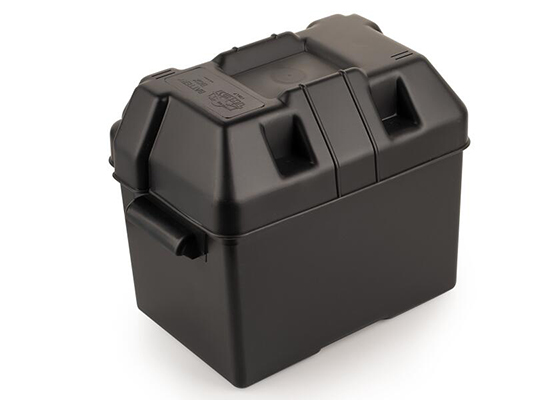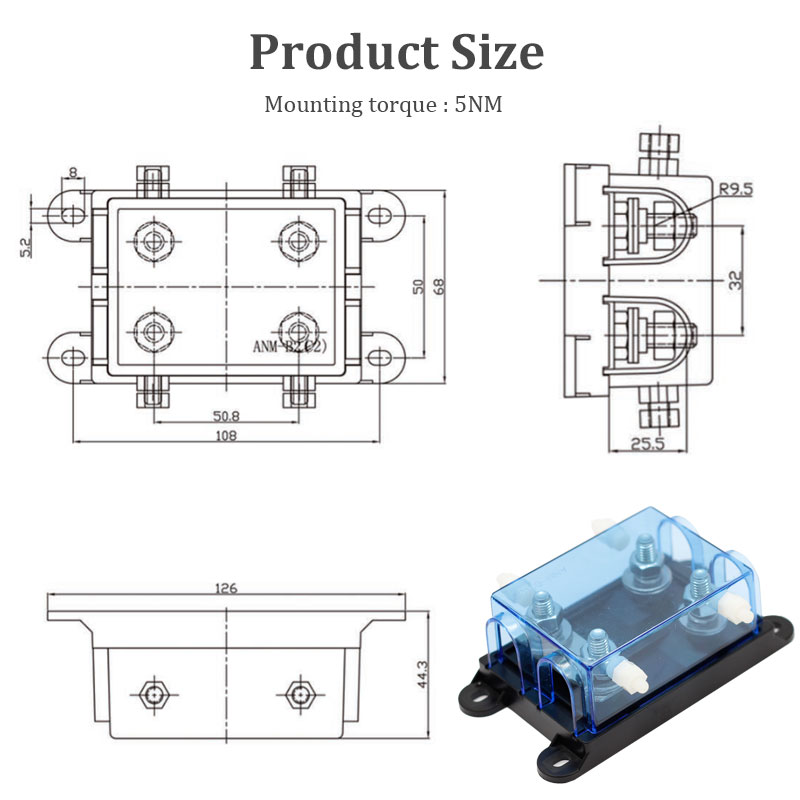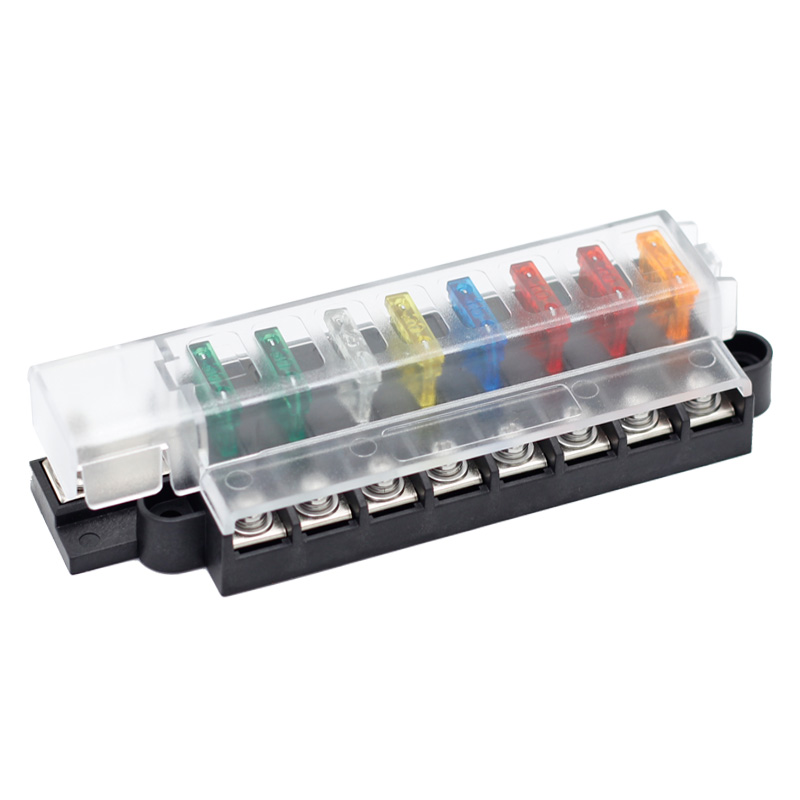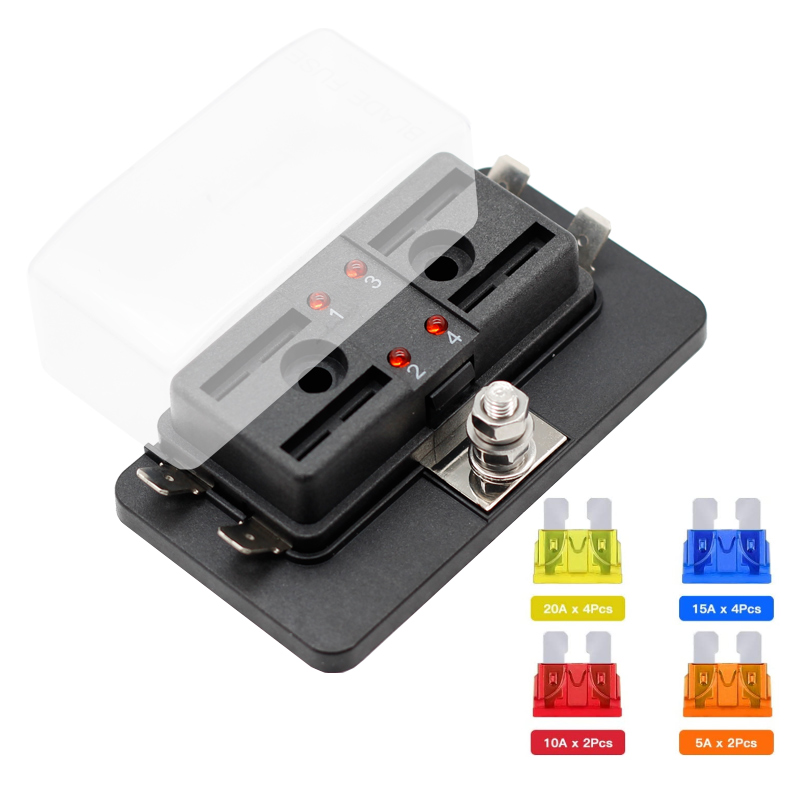Sustainable and Innovative Recycling Methods for Car Battery Enclosure Materials
News 2025-10-20
Car battery boxes play a crucial role in automotive systems, often made from materials like plastics and metals that can harm the environment if not handled properly. With growing concerns over electronic waste, adopting eco-friendly recycling and disposal methods is essential for reducing pollution and conserving resources. This article explores various options for recycling car battery box materials, emphasizing sustainable practices that align with industry standards and environmental regulations. By focusing on efficient recycling, we can minimize the ecological footprint of automotive components and promote a circular economy in the electronics sector.

Available Recycling Options
Battery box materials, such as polypropylene plastics and steel alloys, offer significant recycling potential due to their durability and reusability. Key methods include mechanical recycling, where materials are shredded and reprocessed into new products, and chemical recycling that breaks down plastics at a molecular level for higher purity. In automotive applications, these options are particularly effective for end-of-life vehicles, where battery enclosures can be separated and sent to specialized facilities. Performance advantages include cost savings from material recovery and reduced dependency on virgin resources, making this approach ideal for manufacturers aiming to meet sustainability goals.
Benefits of Eco-Friendly Disposal
Eco-friendly disposal of car battery boxes not only addresses waste management but also enhances operational efficiency in various scenarios. For instance, in recycling plants, advanced sorting technologies ensure that hazardous components are safely neutralized, preventing soil and water contamination. Performance-wise, these methods boast high recovery rates, with up to 95% of materials being reused, which supports energy efficiency and lowers carbon emissions. In real-world applications, such as electric vehicle fleets, proper disposal extends to compliance with regulations like the EU’s WEEE directive, offering businesses a competitive edge through reduced fines and improved brand reputation.
Frequently Asked Questions
1. What materials are typically found in car battery boxes?
Car battery boxes commonly consist of plastics like ABS or polypropylene and metals such as aluminum or steel, designed for durability and protection.
2. How can individuals recycle their old car battery boxes?
Individuals should take old battery boxes to local recycling centers or auto shops that participate in certified programs to ensure safe and proper handling.
3. What are the key environmental advantages of recycling these materials?
Recycling battery boxes helps conserve natural resources, reduces landfill use, and minimizes the release of toxins, contributing to lower overall environmental impact.


